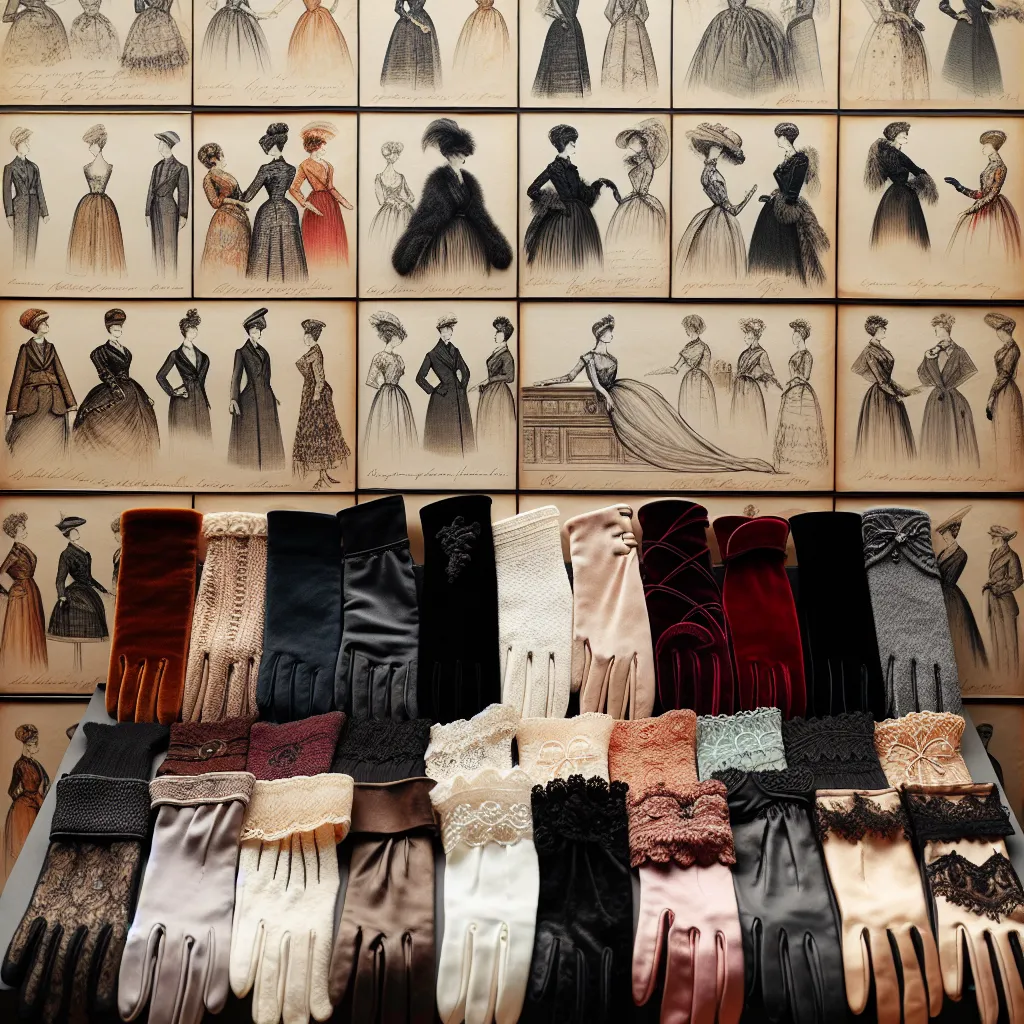
The Evolution of Protective Gloves: From Ancient Times to Modern Innovations
Historical Development of Hand Protection: A Journey through Ancient Civilizations
Throughout history, hand protection has been a vital necessity for various civilizations, evolving from rudimentary forms to the advanced designs of modern innovations. The roots of hand protection can be traced back to ancient times, where civilizations like the Egyptians, Greeks, and Romans utilized primitive gloves made from leather and fabric to shield their hands from harsh working conditions. In ancient Egypt, evidence suggests that workers wore palm-leaf gloves for protection during laborious tasks.
Similarly, in ancient Greece, records indicate the use of animal hide gloves by gladiators as a form of hand protection in combat. The Roman Empire also contributed to the historical development of hand protection, employing metal-mesh gloves known as “retekaria” for hand defense in battle. These early examples underscore the fundamental human need for hand protection and set the stage for the evolution of gloves throughout the ages.
As societies progressed, so did the techniques and materials used in hand protection. The Middle Ages saw the emergence of chainmail gloves, known as “maille,” which provided a higher level of protection for knights and soldiers in combat. In Asia, leather and metal-plated gloves became prevalent, particularly in Japan where samurai warriors used “kote” as a crucial component of their armor.
In the modern era, technological advancements have revolutionized the design and capabilities of protective gloves. Materials such as Kevlar, carbon fiber, and impact-resistant polymers have significantly enhanced the protective qualities of gloves, making them indispensable in a wide range of industries including construction, manufacturing, and sports. The evolution of protective gloves from ancient times to the present day demonstrates the enduring significance of hand protection in safeguarding against occupational hazards and physical injuries.
The Medieval Era: Advancements in Protective Gear for Hands
In the medieval era, advancements in protective gear for hands marked a significant evolution in the development of gloves. During this time, knights and soldiers sought innovative ways to protect their hands during battles. This led to the creation of metal gauntlets, which provided enhanced protection compared to earlier leather or cloth gloves. The use of metal in glove design not only offered improved defense against weapons such as swords and spears but also allowed for greater dexterity and flexibility in combat. The medieval period thus saw a remarkable shift towards more sophisticated and specialized hand protection, laying the groundwork for the future development of advanced gloves.
Industrial Revolution and the Birth of Modern Gloves
During the Industrial Revolution, there was a significant shift in the way people worked, leading to the need for better hand protection. The birth of modern gloves can be directly linked to this era, with the rise of machinery and factory jobs. Workers faced new dangers in the form of rotating machinery, sharp tools, and high-temperature materials, prompting the development of more specialized gloves.
In response to these challenges, new materials such as leather, rubber, and woven fabrics were used to create gloves that could provide increased protection. The Industrial Revolution marked the transition from handcrafted, individually tailored gloves to mass-produced, standardized designs. This allowed for greater accessibility to protective gloves for a wider range of workers.
Innovations in manufacturing techniques, such as the introduction of sewing machines and the vulcanization of rubber, further contributed to the evolution of industrial gloves. These advancements not only improved the durability and effectiveness of the gloves but also made them more affordable for workers across various industries.
As a result, the Industrial Revolution played a pivotal role in shaping the trajectory of protective gloves, setting the stage for the continuous advancements and innovations that we see in modern times. Today, industrial gloves are designed with a deep understanding of various workplace hazards and ergonomic considerations, thanks in part to the foundational developments that took place during this transformative period in history.
This evolution of protective gloves during the Industrial Revolution has had a lasting impact, influencing the way we approach hand safety in the workplace and driving the development of increasingly sophisticated and specialized glove designs.
Innovations in Materials and Technology: The Future of Protective Gloves
Innovations in Materials and Technology: The Future of Protective Gloves
Protective gloves have come a long way in terms of materials and technology, evolving significantly from their ancient origins to modern innovations. As we look to the future, it is clear that advancements in materials and technology will continue to drive the development of protective gloves, providing enhanced safety and performance for a wide range of applications.
One of the key areas of innovation is the development of advanced materials that offer superior protection and dexterity. In recent years, the use of high-performance fibers such as Kevlar, Dyneema, and Spectra has allowed for the creation of gloves that are not only cut-resistant but also lightweight and flexible. These materials are continually being refined and enhanced, promising even greater levels of protection in the future.
Moreover, the integration of smart technology into protective gloves is an exciting area of development. Emerging technologies such as impact sensors, temperature regulation systems, and haptic feedback mechanisms are being incorporated into glove designs to provide real-time data on hand safety and performance. This is especially crucial in high-risk industries where early detection of potential hazards can make a significant difference in preventing injuries.
Looking ahead, the future of protective gloves will likely involve the convergence of advanced materials and smart technology, resulting in gloves that offer unprecedented levels of protection, comfort, and functionality. Additionally, 3D printing and nanotechnology are poised to revolutionize the manufacturing process, allowing for custom-fit gloves and the seamless integration of new materials and features.
In conclusion, the evolution of protective gloves is propelled by ongoing innovations in materials and technology. With further advancements on the horizon, the future holds great promise for the development of gloves that not only safeguard against hazards but also enhance the overall safety and well-being of the users.



